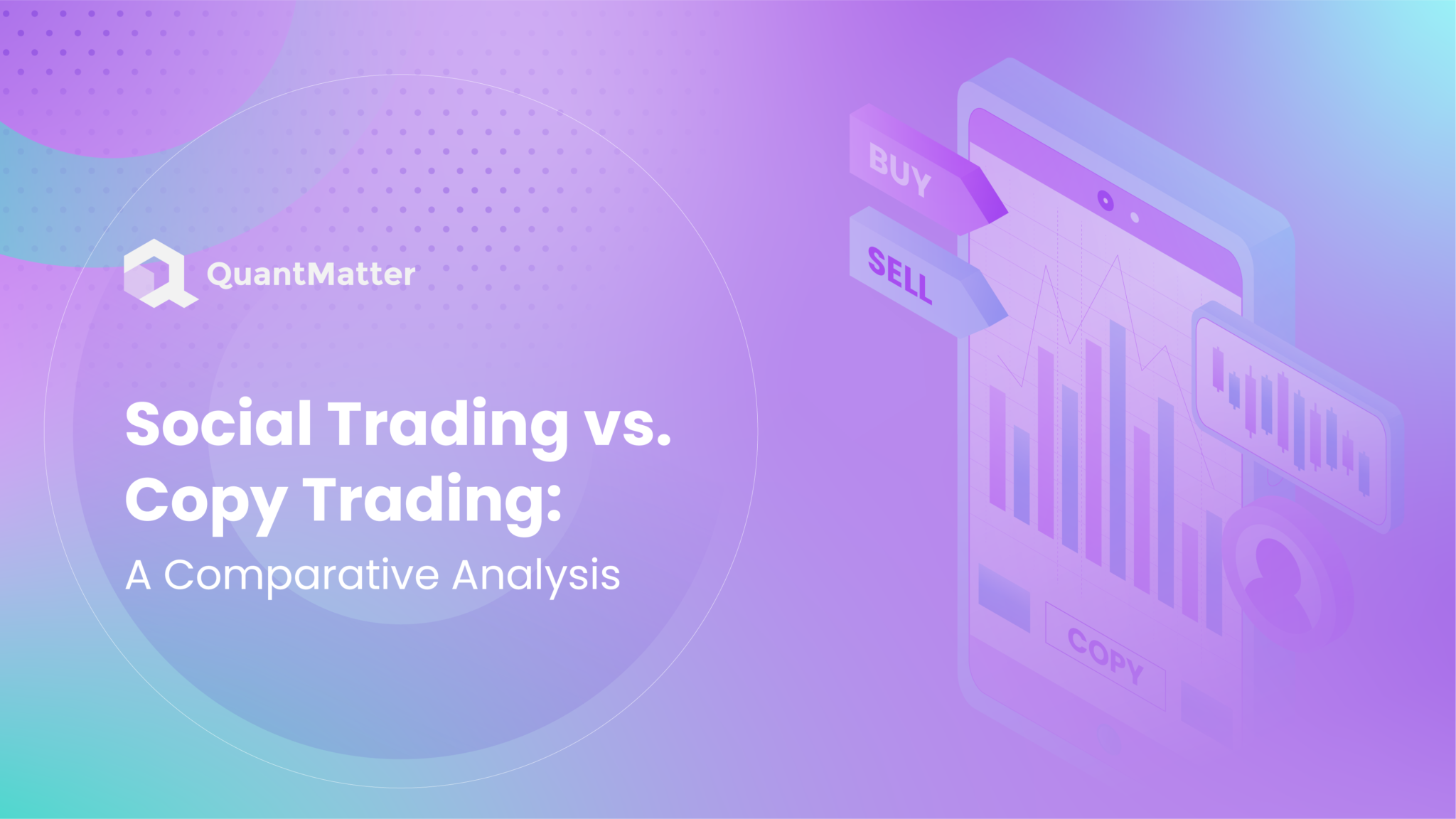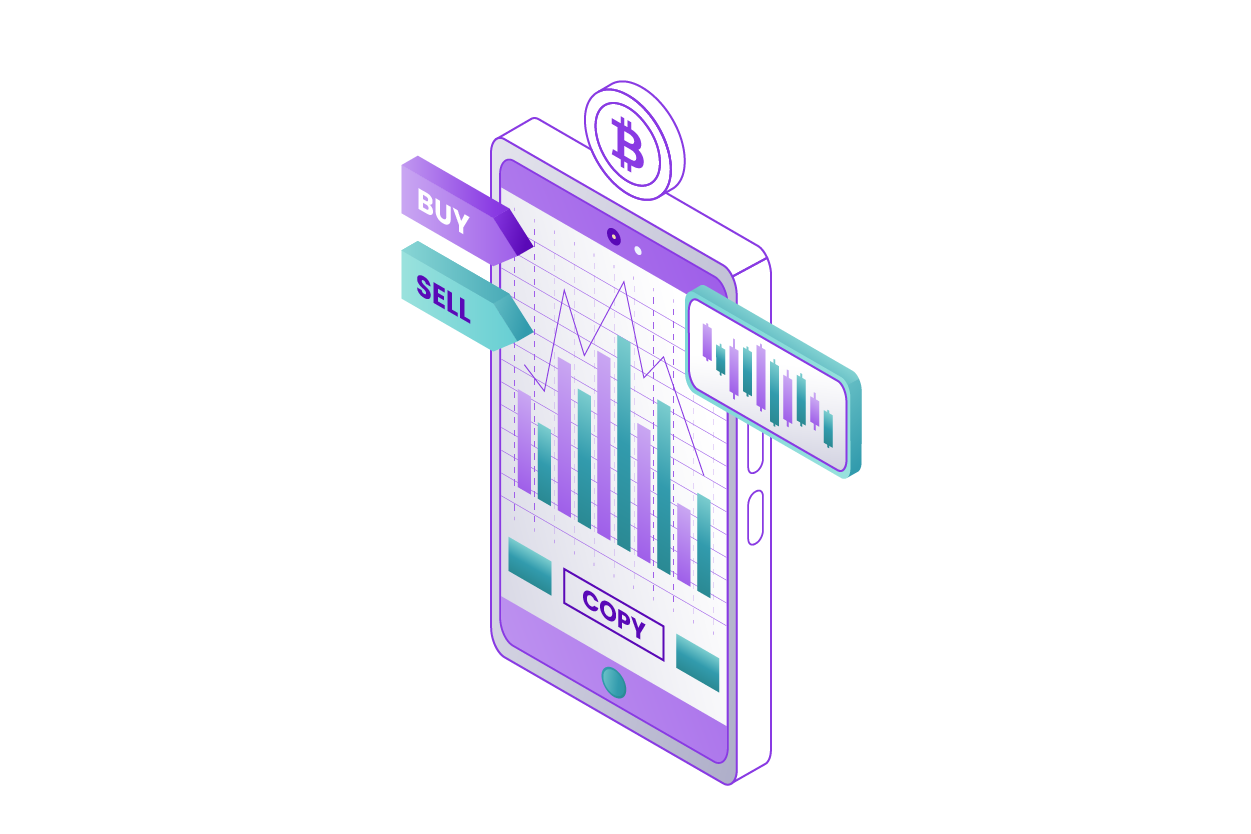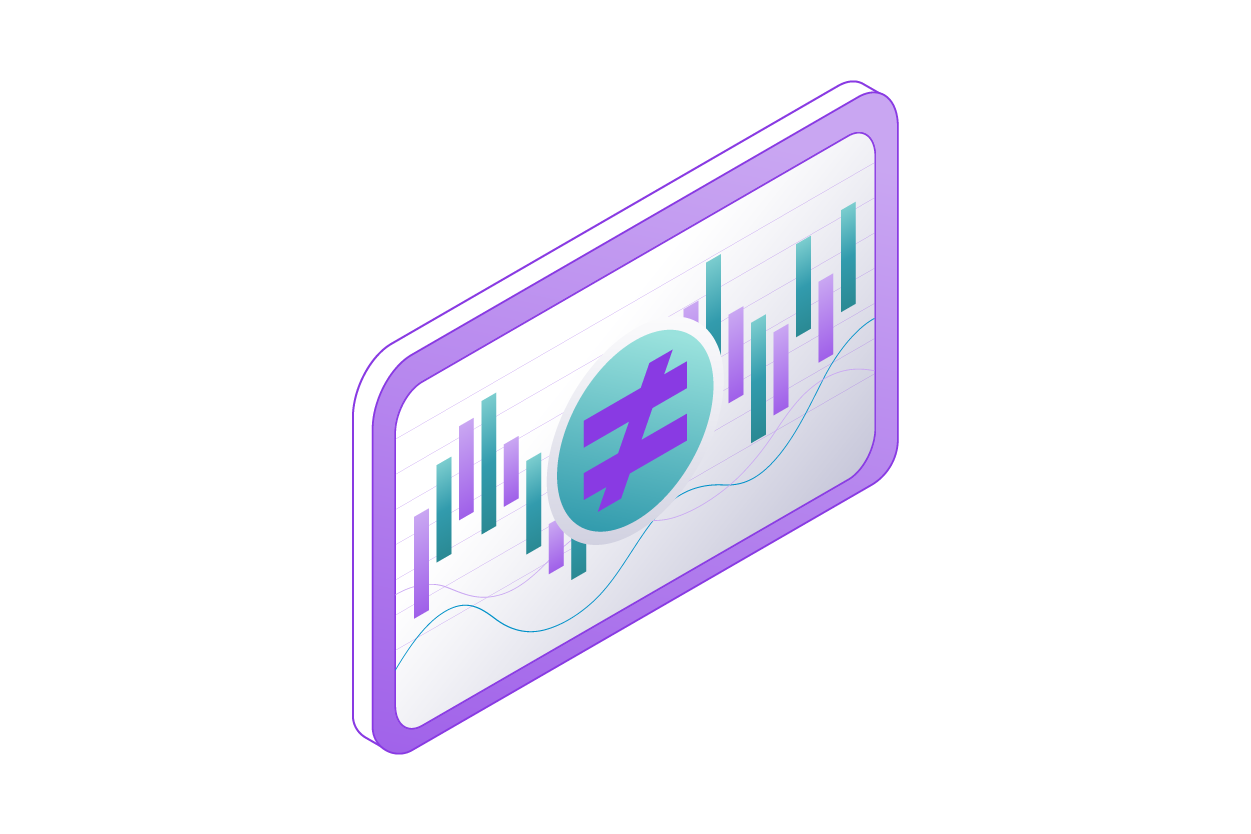
In the financial world, trading strategies constantly evolve, bringing new opportunities for investors to enhance their portfolios and tap into the collective intelligence of the community. Two such innovations are social trading and copy trading, both of which have revolutionized the way individuals engage with financial markets. While they may sound similar, each comes with distinct features and benefits. This article aims to delve deeply into both concepts, helping you understand their nuances and decide which might better align with your investment goals.
Social trading vs copy trading leverage the power of community-generated data and strategies, but they cater to different types of investors. Understanding the core of each method is essential to harness its full potential. By exploring their mechanisms, you can make informed decisions about which trading style to adopt based on your risk tolerance, investment size, and financial objectives.
This comparative analysis will provide a clearer picture of both social trading and copy trading. We’ll examine their principles, operational dynamics, advantages, and potential risks. By the end of this article, you should have a firm grasp of which approach might serve your investment strategy best, ensuring that you can engage with the markets more confidently and effectively.
What is Social Trading?

Social trading is an innovative approach that allows traders and investors to observe the trading behavior of their peers and experienced traders. It is built on the foundation of social networking, enabling users to share insights, strategies, and real-time trading decisions. This transparency allows less experienced traders to learn from market experts and even discuss potential moves. Essentially, social trading creates a collaborative environment where community insights help shape individual trading decisions.
Also Read: Trading Multiples: A Guide for Beginner Investors
The primary benefit of social trading is the democratization of information. Traditionally, understanding market movements and making educated decisions required a significant amount of research and expertise. However, social trading platforms aggregate the collective wisdom, making it accessible even to novices. This can lead to more informed decision-making and potentially increase the chances of successful trades.
Moreover, social trading platforms often incorporate features like news feeds, opinion polls, and forums where traders can engage in discussions. These interactions enrich the trading experience by adding layers of analysis and perspective that might not be available to solitary traders. It’s a dynamic environment where the sharing of real-time information can translate into tangible trading benefits.
What is Copy Trading?

Copy trading, a subset of social trading, allows investors to automatically copy positions opened and managed by another selected trader. In this system, a trader’s portfolio will mirror the movements of an investor they choose to follow, with the ability to adjust the proportion of their funds allocated and manage their exposure according to personal risk preferences.
This method is particularly appealing for those who might not have the time or expertise to analyze markets themselves. By choosing a skilled trader to replicate, an investor can benefit from the expertise of seasoned market participants. It’s a hands-off approach that still allows for personalized risk management and is often favored by those looking to diversify their investment strategies without dedicating extensive time to market analysis.
Copy trading platforms typically provide detailed profiles of available traders to follow, including their risk rating, trading performance history, and the strategies they employ. This information helps potential followers to make informed choices about whom to copy, aligning their copying decisions with their overall investment goals and risk tolerance.
Social Trading vs Copy Trading

While both strategies stem from the concept of leveraging community knowledge, they differ significantly in execution and user engagement. Social trading involves more active participation where users can sift through various opinions and strategies to make independent decisions. In contrast, copy trading offers a more passive investment style where users replicate the actions of others without necessarily engaging with the community.
The choice between social and copy trading should depend on how actively the user wants to participate in the trading process. For those who enjoy community interaction and want to learn through observation and discussion, social trading is ideal. On the other hand, copy trading is suitable for those who prefer a set-it-and-forget-it style of investing, relying on the expertise of others to manage their trades. Here are some more insights into the differences between social trading and copy trading:
Learning Opportunity
Social trading platforms typically offer extensive resources for education and communication among traders. This setup is conducive to learning, as users can discuss strategies, analyze trades together, and share insights. In contrast, copy trading platforms focus more on the outcome rather than the process, making them less about learning and more about leveraging the expertise of successful traders.
Control and Customization
In social trading, users have the flexibility to customize their trading decisions based on the information and discussions they engage with on the platform. They can choose whom to follow, which strategies to observe, and how much of their own analysis to incorporate. Copy trading, however, often involves a higher degree of automation; users select a trader to copy, and trades are automatically mirrored in their account, giving them less control over individual trades.
Risk Management
Both platforms offer risk management tools, but the way they are implemented can differ. Social trading allows users to diversely allocate their investments based on multiple strategies they observe within the community. Copy trading simplifies risk management by automatically copying the risk settings of the chosen expert trader, which might not always align perfectly with the user’s personal risk tolerance.
Community Engagement
The level of community involvement is significantly higher in social trading. Platforms may feature forums, chat options, and comment sections where traders can interact. This can create a more engaged and active community. Copy trading platforms might offer some form of interaction, but the community aspect is generally less pronounced as the focus is on the performance of selected traders rather than communal interaction.
Performance Transparency
Typically, both trading styles provide transparency regarding the performance of strategies or traders. However, social trading platforms often provide more detailed analytics about a trader’s historical performance, trading style, and risk level, allowing users to make more informed decisions. Copy trading platforms usually highlight overall performance metrics like return on investment, risk level, and the number of followers, which can simplify the decision-making process but offer less detail.
Both social trading and copy trading offer unique advantages and cater to different types of investors depending on their preferred level of involvement, desire for learning, and risk management strategies.
Risks and Rewards of Social and Copy Trading
In the evolving landscape of investment strategies, social and copy trading have emerged as popular options that leverage collective expertise and technology to simplify trading. These methods allow individuals to mimic the transactions of experienced traders or follow their insights on social trading platforms, offering a unique blend of community-driven decision-making and automated trading processes. However, like any investment strategy, social and copy trading come with their own set of risks and rewards that potential investors must carefully consider.
Risks
- Market Volatility: Social and copy trading are susceptible to the same market fluctuations and economic changes that affect all trading. The success of copied trades ultimately hinges on external market conditions, which can be highly unpredictable.
- Trader Reliability: Relying on other traders means inheriting their biases and potentially their lack of foresight. Even expert traders can make mistakes, and they might not always adapt quickly to changing market conditions.
- Lack of Control: Investors in copy trading platforms often relinquish direct control over individual trading decisions, which can be uncomfortable and risky if the chosen trader’s strategy diverges from one’s risk tolerance or financial goals.
- Systemic Risks: These include technological failures, issues with the trading platform, or problems with connectivity that can delay or disrupt trading activities.
Rewards
- Leveraging Expertise: Both social and copy trading enable investors to benefit from the expertise and strategies of experienced traders without requiring the same level of skill or knowledge.
- Time Efficiency: These methods can be more time-efficient than traditional trading as they reduce the need for extensive research and continuous monitoring of the markets.
- Learning Opportunities: For new traders, social trading platforms serve as educational tools, offering insights into trading strategies and decision-making processes by following and interacting with seasoned traders.
- Community Aspect: Social trading platforms often foster a sense of community and mutual learning, which can provide psychological benefits and support, especially useful in volatile markets.
Managing Risks
To mitigate these risks while harnessing the potential rewards, investors might consider the following strategies:
- Diversification: Not just across different traders but also across different asset classes.
- Due Diligence: Thoroughly researching traders before copying their strategies, including reviewing their risk management practices and historical performance.
- Setting Limits: Using risk management tools like stop-loss orders and setting limits on the amount invested in copy trades.
- Staying Informed: Keeping abreast of market conditions and understanding the strategies employed by the traders being copied.
Understanding and managing these aspects can help investors make the most of social and copy trading while mitigating some of the inherent risks.
How to Choose Between Social Trading and Copy Trading
Deciding between social and copy trading largely depends on your personal preferences and investment goals. If you value education and active involvement, social trading might be more suitable. It offers a platform to learn from more experienced traders and gradually build your own trading competence. For those looking for a more passive approach, copy trading can provide a convenient way to participate in the markets, benefiting from the acumen of selected traders.
Before deciding, it’s crucial to assess each method’s potential costs and benefits, considering factors such as available time, risk tolerance, and financial goals. It’s also advisable to start with a small investment when trying out a new trading style and to increase your stake as you gain more confidence and understanding of the chosen method.
1. Level of Engagement
- Social Trading: Involves a high level of engagement. You’re not only following trades but also participating in discussions, sharing strategies, and possibly contributing your own insights. This can be enriching for those who enjoy a community atmosphere and learning through interaction.
- Copy Trading: Requires minimal engagement. Once you’ve selected a trader to copy, their trades are automatically replicated in your account. This is ideal for investors who prefer a “set and forget” approach.
2. Control Over Investments
- Social Trading: Offers more control as you choose which insights or signals to act upon. You can modify or opt out of suggestions based on your judgment.
- Copy Trading: Provides less control since the trades of the chosen professional are automatically copied. You rely entirely on their decision-making.
3. Learning Opportunity
- Social Trading: It’s a learning-centric approach. The interaction with other traders can enhance your understanding of market dynamics and trading strategies.
- Copy Trading: Learning is more observational. You might understand why certain decisions are made based on the trader’s performance and history, but there is less direct interaction to learn from.
4. Risk Management
- Social Trading: Since you’re more involved, you can manage risks based on multiple inputs and strategies. However, the risk might increase if you’re influenced by the prevailing sentiments rather than solid strategies.
- Copy Trading: Typically offers built-in risk management features, like setting loss limits or choosing a diversification strategy across multiple traders.
Also Read: Top 10 Layer 1 Cryptocurrencies to Consider in 2024
5. Transparency and Trust
- Social Trading: Requires evaluating the credibility of the information shared by peers. It demands a critical approach to whom you trust and follow.
- Copy Trading: Demands trust in the professional traders you choose to copy. Their track record, risk profile, and trading style should be thoroughly assessed.
6. Potential for Innovation
- Social Trading: There is room for innovation as traders share unique strategies that aren’t mainstream. This can lead to discovering profitable niches.
- Copy Trading: Less scope for innovation as you are replicating another trader’s strategies, which are typically more established and less experimental.
Ultimately, the choice between social trading and copy trading hinges on your individual preferences regarding involvement, control, learning, and risk management. Both methods have their merits and can be effective depending on your investment style and goals. It’s advisable to use demo accounts or small investments to experiment with both styles before fully committing to one.
Conclusion
Social trading and copy trading have transformed the landscape of investment, making it more accessible and interactive. While both offer significant advantages, they cater to different types of investors with varying degrees of involvement and expertise. Social trading appeals to those who seek a communal learning experience and active participation, whereas copy trading suits investors preferring a hands-off approach, utilizing the expertise of others.
To make the most out of these strategies, it is crucial to engage with them based on a clear understanding of their mechanisms and potential risks. Choosing the right platform and strategy that aligns with your investment style and objectives can significantly impact your trading success.
Ultimately, whether you choose social trading vs copy trading, the key is to stay informed, continuously assess your strategies, and remain adaptable to changes in the market. By doing so, you can maximize your chances of achieving your financial goals and enjoy the journey of growing your investment portfolio.
Disclaimer: The information provided by Quant Matter in this article is intended for general informational purposes and does not reflect the company’s opinion. It is not intended as investment advice or a recommendation. Readers are strongly advised to conduct their own thorough research and consult with a qualified financial advisor before making any financial decisions.

I'm Carina, a passionate crypto trader, analyst, and enthusiast. With years of experience in the thrilling world of cryptocurrency, I have dedicated my time to understanding the complexities and trends of this ever-evolving industry.
Through my expertise, I strive to empower individuals with the knowledge and tools they need to navigate the exciting realm of digital assets. Whether you're a seasoned investor or a curious beginner, I'm here to share valuable insights, practical tips, and comprehensive analyses to help you make informed decisions in the crypto space.
- Carinahttps://quantmatter.com/author/carina/
- Carinahttps://quantmatter.com/author/carina/
- Carinahttps://quantmatter.com/author/carina/
- Carinahttps://quantmatter.com/author/carina/
